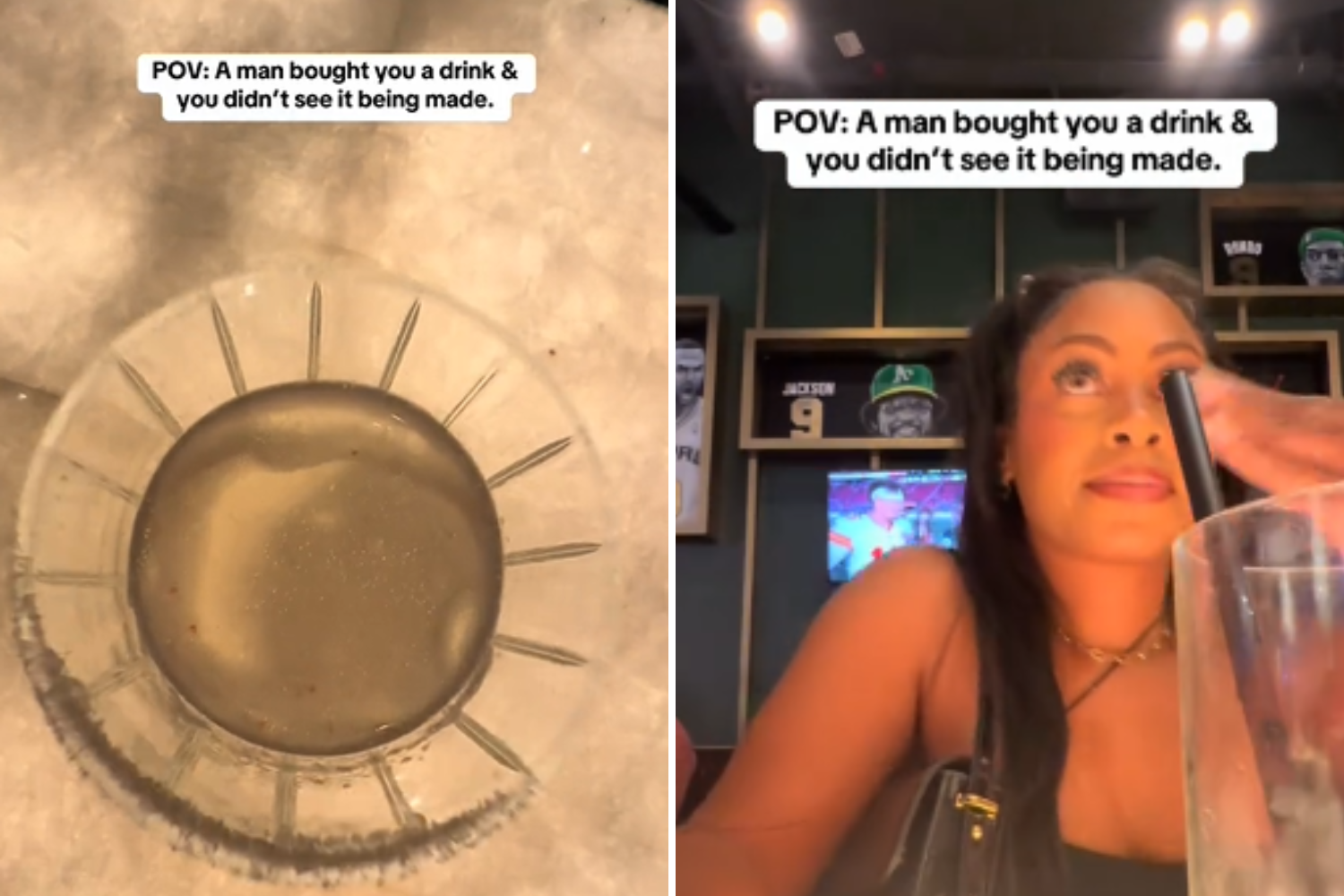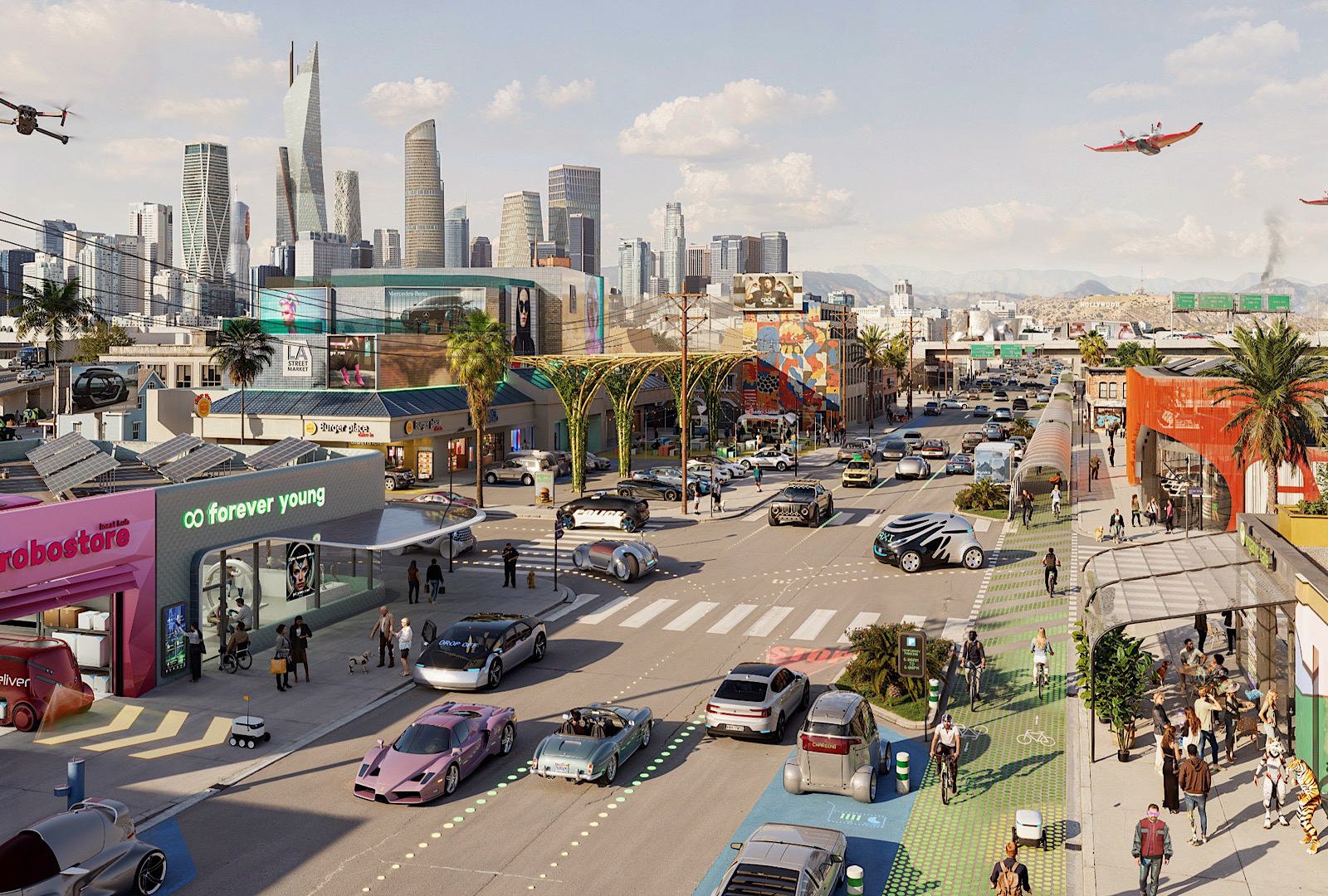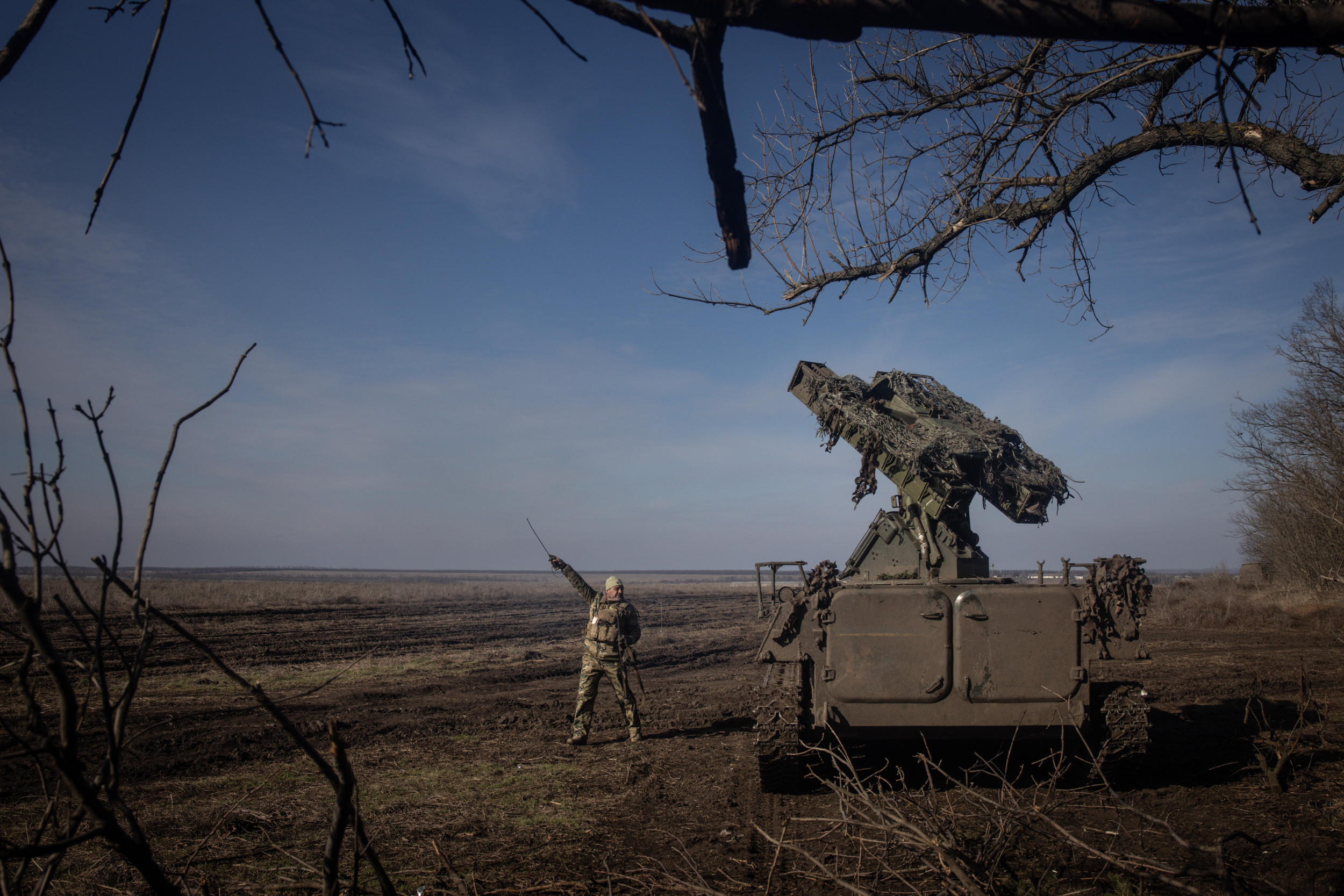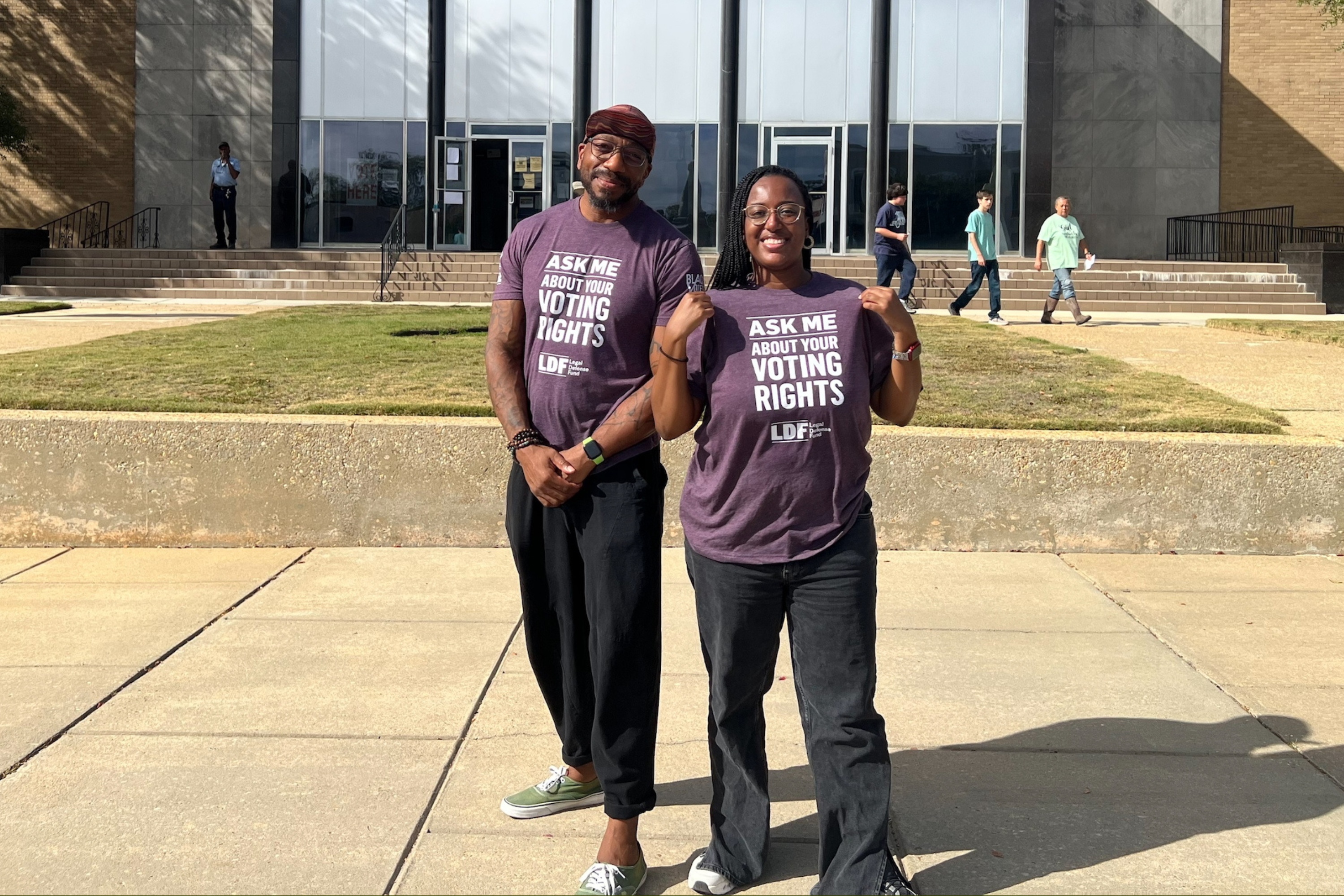Black Ops 6 leaves the Call of Duty franchise’s overarching story in an interesting place. Here’s what the ending of Black Ops 6 means and where the series could be heading.
While the story certainly isn’t the main draw of Call of Duty games, Activision and the various development teams who craft the annual COD releases often don’t get enough credit for the stories they create.
Of course, not everyone plays the single-player campaign when a new one releases, but those who do have started to notice some very exciting connections, and if we’re being honest, a few discrepancies too.
First of all, let’s dive into the ending of Black Ops 6 and what it all means, then try and piece together where Call of Duty could be heading next. I have a sneaking suspicion that two different worlds are about to collide.
 Activision / Treyarch
Activision / TreyarchWe suspect we’ve not seen the last of Russell Adler.
Black Ops 6 ending explained
Black Ops 6 is an exciting spy thriller that sees the return of fan-favorite CIA badass Frank Woods and the slippery but patriotic Russell Adler. Players took on the role of Case, another CIA agent working under Woods.
The game also confirmed some pretty major narrative turning points that had been up in the air for years. First, agent “Bell” from Black Ops: Cold War was indeed executed by Adler at the end of the campaign. He was a loose end for the CIA and a risk, so RIP Bell.
Also, Black Ops 6 confirmed that Alex Mason, the original COD Black Ops protagonist, and his ally/interrogator Jason Hudson, were both killed in Black Ops 2 due to the machinations of that game’s villain Raul Menendez.
As Menendez is still an ongoing threat in Black Ops 6, due to where it sits on the timeline, he’s still causing trouble for our heroes, particularly Adler. However, the villain takes a back seat in this outing, but it’s made clear he’s the one who framed Adler as being a traitor to the CIA.
Case and his allies go on a mission in 1991 to Kuwait and once again bump into Adler who’s on the run from the CIA. He informs them that a US-led paramilitary group known as Pantheon is at war with the CIA and is trying to take it over from within. It turns out that Pantheon was a branch of the CIA that created a bioweapon known as Cradle, but the group was disbanded and sought revenge.
Pantheon plans to unleash Cradle on the US Capitol building, killing thousands and blaming the CIA for not preventing the tragedy. This way, the former members of the CIA and Pantheon moles within the organization can take over.
However, Adler, Case, and the team prevent the false flag attack and take out the moles. Case is revealed to be the original test subject for Cradle and is therefore immune to it, however, he seemingly drowns during the mission and is declared MIA.
Grateful to Woods and his team, the CIA has Adler exonerated and decides to keep the team as a Black Ops unit to hunt down the rest of Pantheon – who are still at large. Due to the revelations about Case, he’s also likely still alive and could return in the next Black Ops game.
 Activision
Activision The future of Warzone will be critical to whatever the Black Ops and Modern Warfare franchises do.
Where will Call of Duty go next?
Black Ops 6 ends on two cliffhangers and has established a new boogeyman for the characters to fight. It also made the story of Black Ops 2 relevant again by confirming the fates of Mason and Hudson and referencing the threat of Raul Menendez – one of COD’s best villains.
The issue is the futuristic side of Black Ops 2 which was originally set in 2025 hasn’t aged well, but as things stand, this is now canon. That would be fine, but there’s one issue, the remakes of the Modern Warfare series and Black Ops: Cold War have been strongly hinting that Call of Duty will be set in one shared universe going forward.
If this is the case, then there’s a continuity discrepancy between Black Ops 2 and the end of Modern Warfare 3. It’s not major, and Activision could simply ask us to suspend our disbelief and not worry about it, but man, the Call of Duty universe sure changed a lot between 2023 and 2025.
The original Modern Warfare games existed in their own continuity that was separate from the Black Ops games, which in turn shared continuity with the original COD games that were set in World War 2. There were always some elements connecting them all, such as multiple people called Captain Price, but this was fan service more than anything.
 Activision
ActivisionCould the Modern Warfare and Black Ops games start to converge?
However, this all changed in Black Ops: Cold War when a younger version of the Modern Warfare villain Imran Zakhaev popped up, linking the rebooted MW timeline with the established Black Ops universe. Not only was this a shock, but it also made a ton of sense.
Modern Black Ops
The Modern Warfare reboot gave Activision the chance for a do-over. Not only are shared universes in vogue, but building one opens up a lot of doors for them, creatively speaking. And with Call of Duty: Warzone drawing from both Black Ops and Modern Warfare games, having both timelines under one shared umbrella is a savvy business move.
The question is what happens next and there are several things to consider. First, the rebooted Modern Warfare trilogy is over, so Activision needs to decide if they’re going to retire Captain Price and the gang. They could always make a Modern Warfare 4. Or, do they begin to integrate the Task Force 141 crew into the Black Ops games? Better yet, do they launch a new series that combines both sets of characters, a Modern Black Ops if you will?
Let’s be honest, we’re unlikely to have seen the last of these characters, they’re too beloved, and the Black Ops timeline is catching up with Modern Warfare. Fast forward a few years and it will have shot passed it. Of course, we’re probably going to get another game set in the 1990s that deals with Pantheon and Case, possibly linking to Menendez, otherwise, why even start the process of making the villain relevant again?
If Activision is serious about a Call of Duty shared universe then they could always make Pantheon an over-arching villain that both David “Section” Mason (Alex Mason’s son and co-protagonist of BO2), and Task Force 141 need to go after. Most COD campaigns have the US and UK working together against some shared antagonist, so it’s not much of a stretch.
Then again, unlike Cold War, Black Ops 6 didn’t do much to connect to the Modern Warfare games, meaning Activision may have potentially decided to go in a different direction.
Whatever the case may be, it’s an exciting time to be a Call of Duty loresmith, and if you haven’t heard yet, COD campaigns just became great again.
 3 weeks ago
3
3 weeks ago
3




















 English (US) ·
English (US) ·